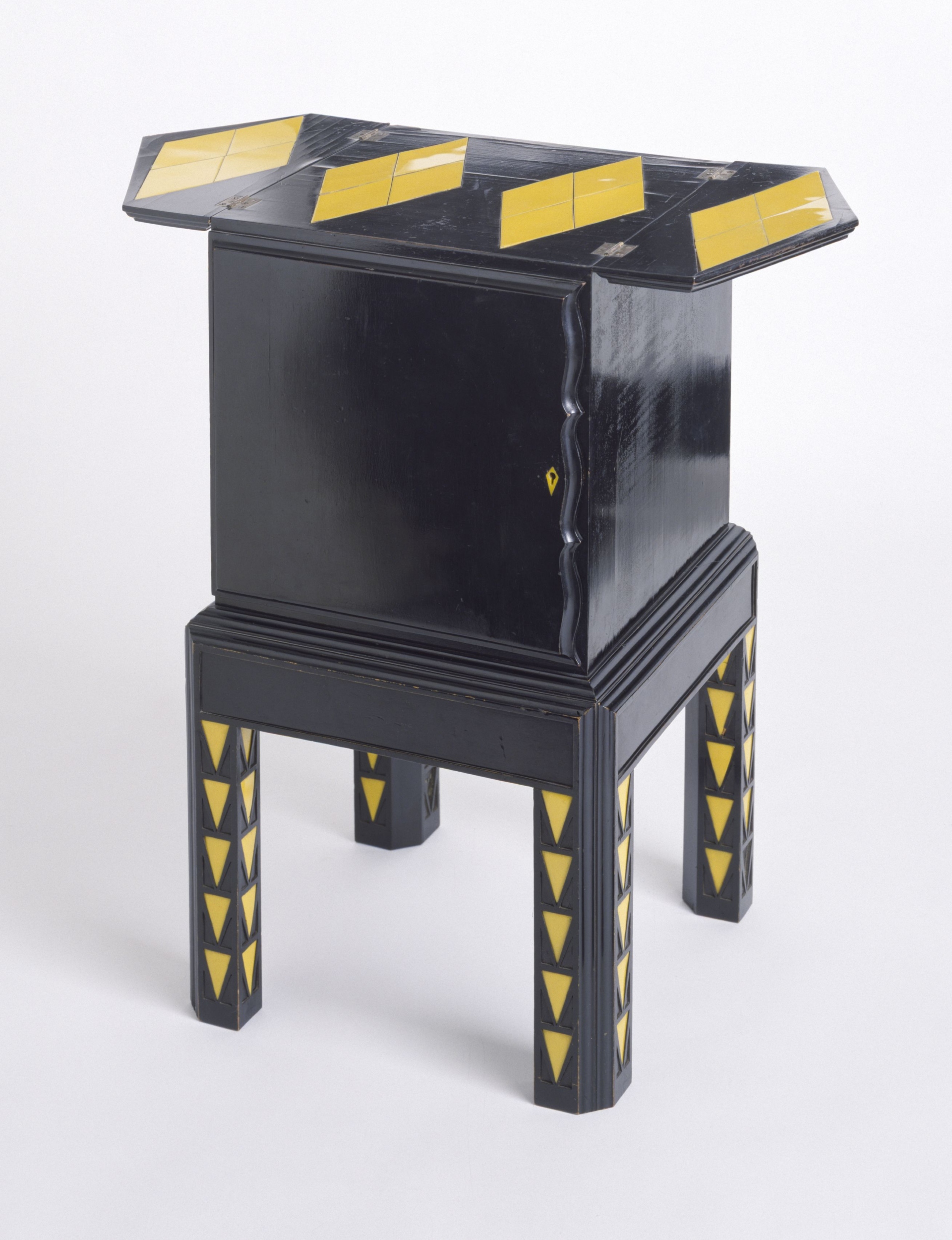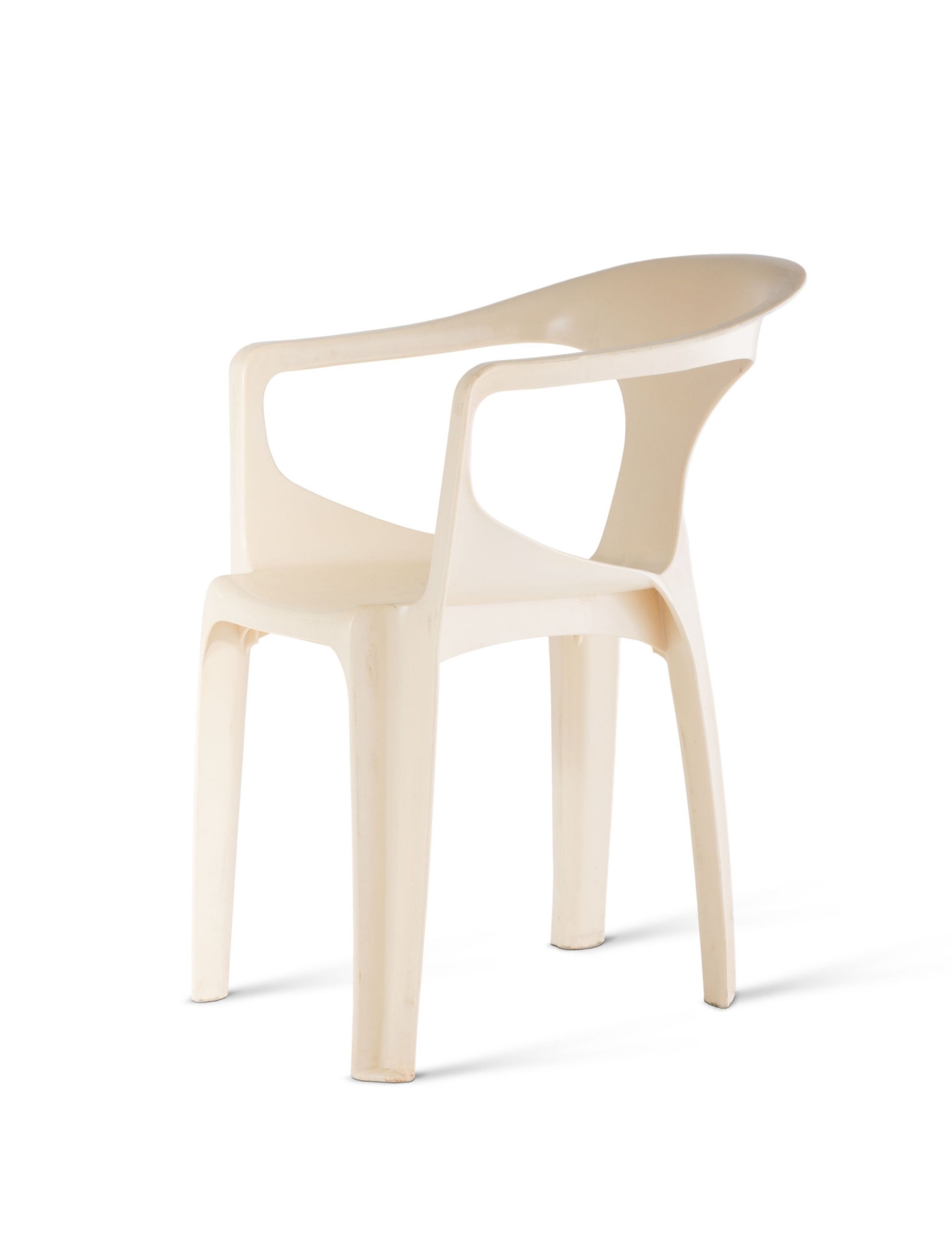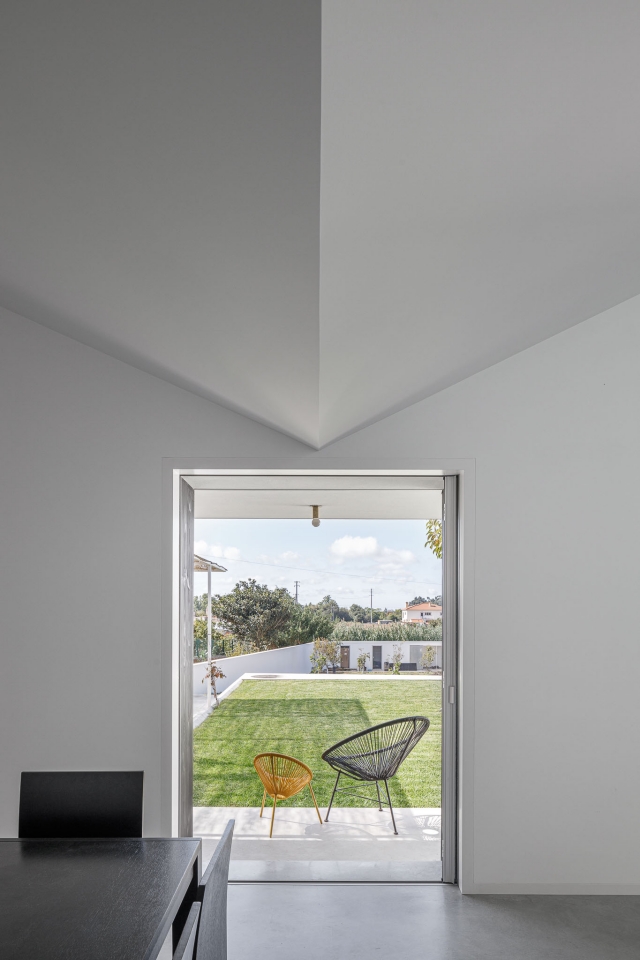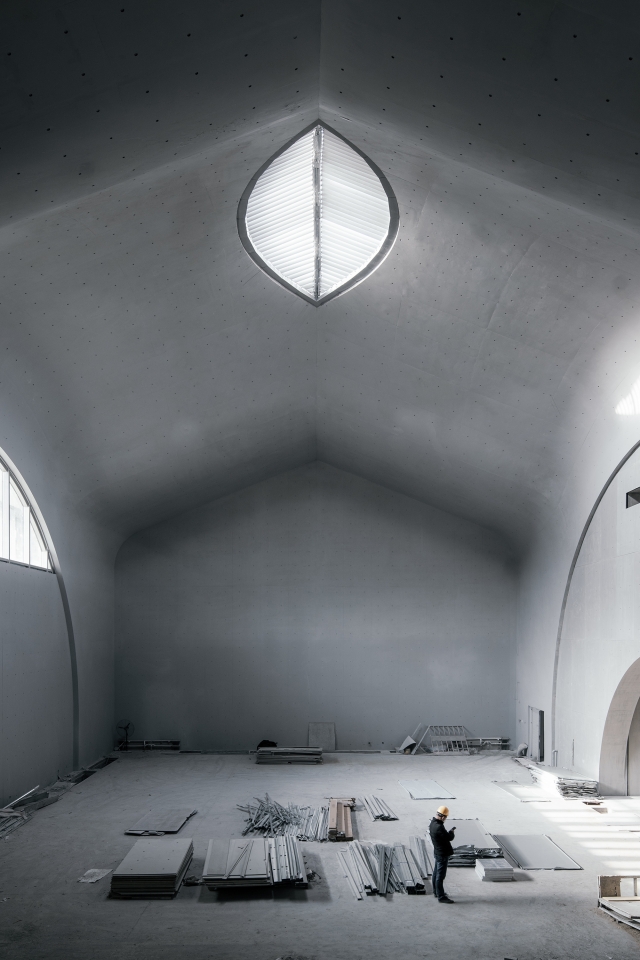An exhibition by the Vitra Design Museum, V&A Dundee, and maat, Lisbon, plastics have shaped our daily lives like no other material: from packaging to footwear, from household goods to furniture, from automobiles to architecture. A symbol of carefree consumerism and revolutionary innovation, plastics have spurred the imagination of designers and architects for decades. Today, the dramatic consequences of the plastic boom have become obvious and plastics have lost their utopian appeal. The exhibition “Plastic: Remaking Our World” at the Vitra Design Museum examines the history and future of this material: from its meteoric rise in the twentieth century to its environmental impact and to cutting-edge solutions for a more sustainable use of plastic. Exhibits include rarities from the dawn of the plastic age and objects of the pop era as well as numerous contemporary designs and projects ranging from efforts to clean up rivers and oceans to smart concepts for waste reduction and recycling through to bioplastics made from algae and mycelium.
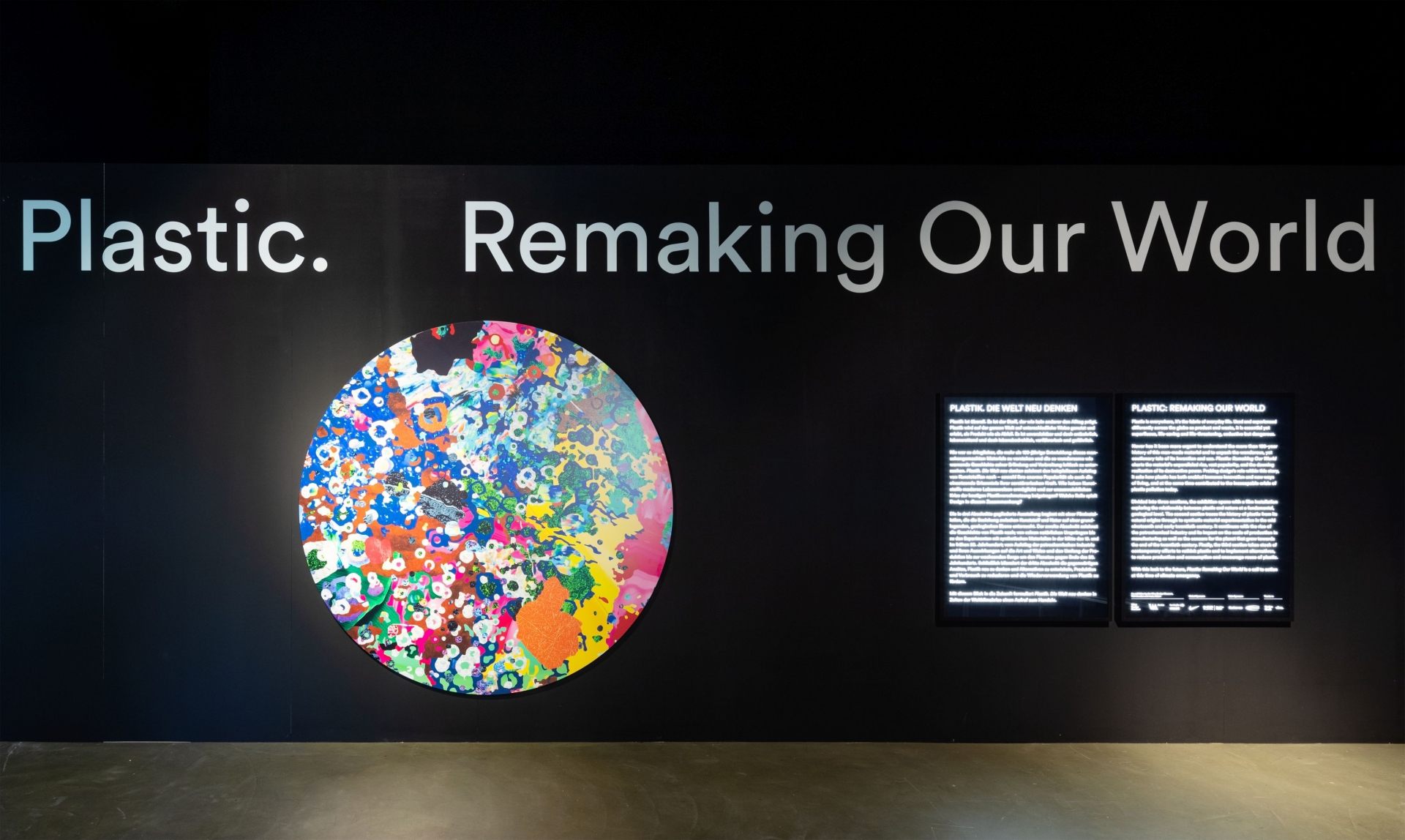
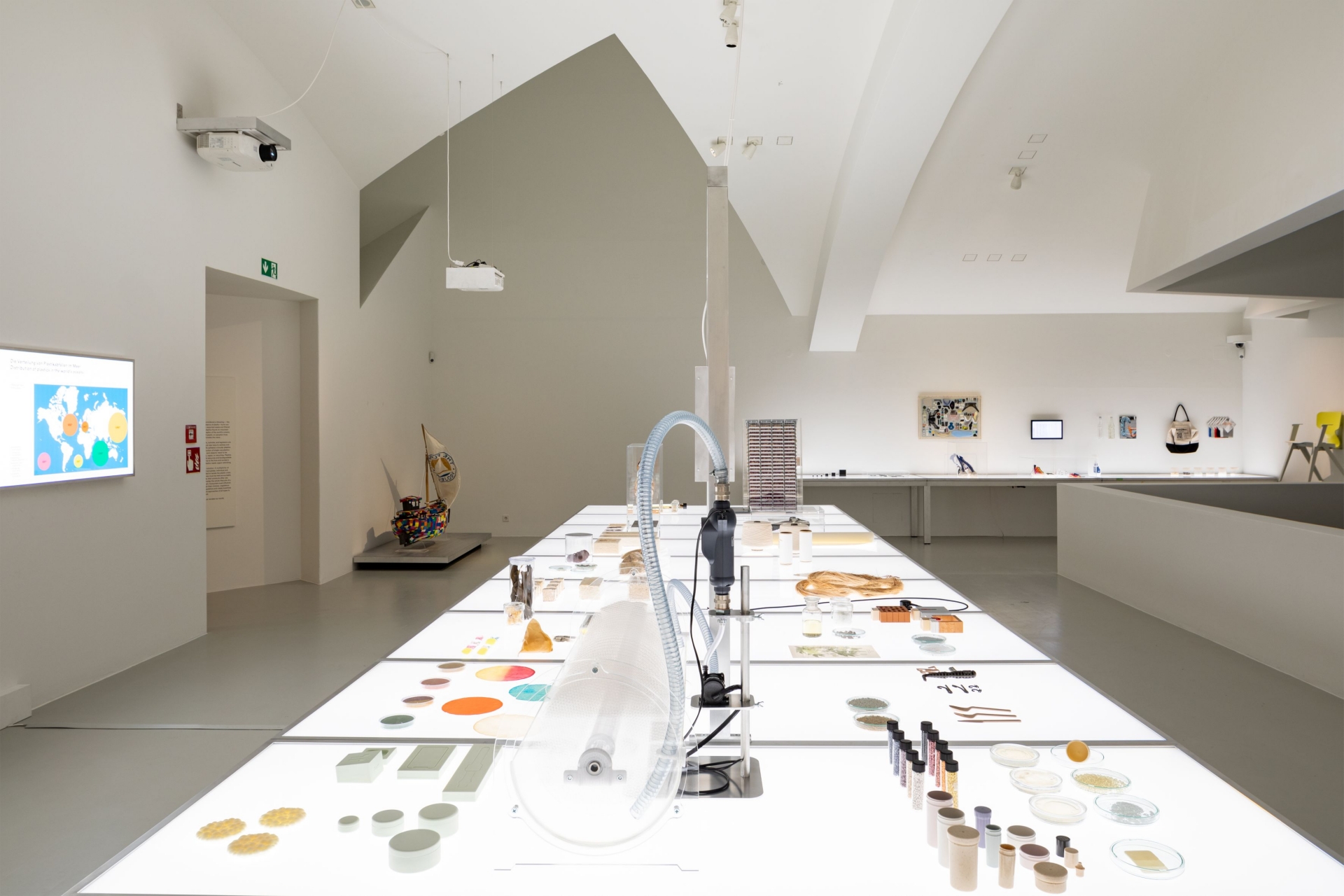
The exhibition begins with a large-scale video installation spotlighting the conflicts linked to the production and use of plastic. Timeless images of unspoilt nature are juxtaposed with film documents from one hundred years of plastic industry that convey the ambiguous fascination of increasingly fast-paced automated production at rapidly diminishing costs. The formation of fossil resources such as coal and oil took more than two hundred million years, while the synthetic materials made from them needed little more than a century to become a problem of planetary scale.
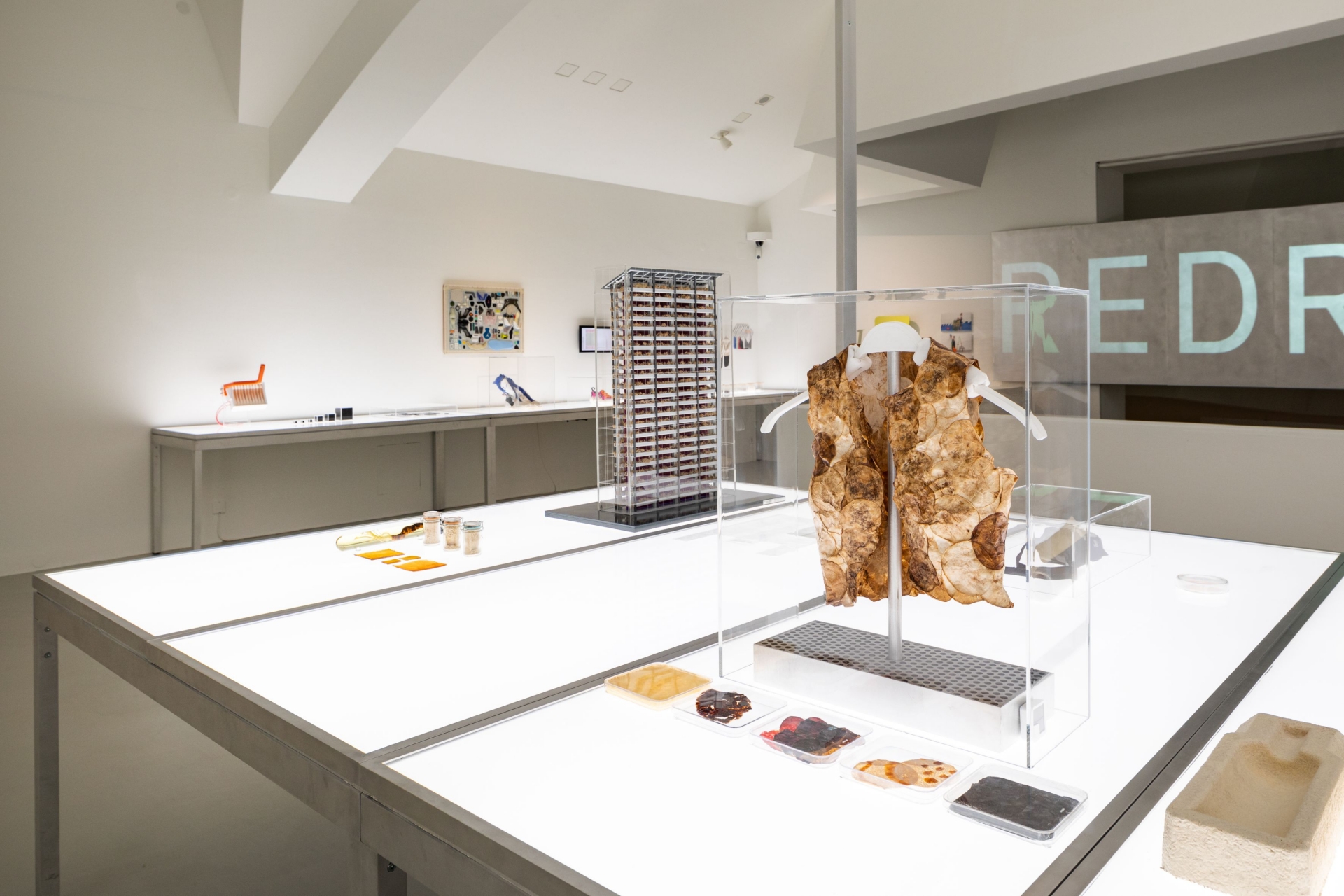
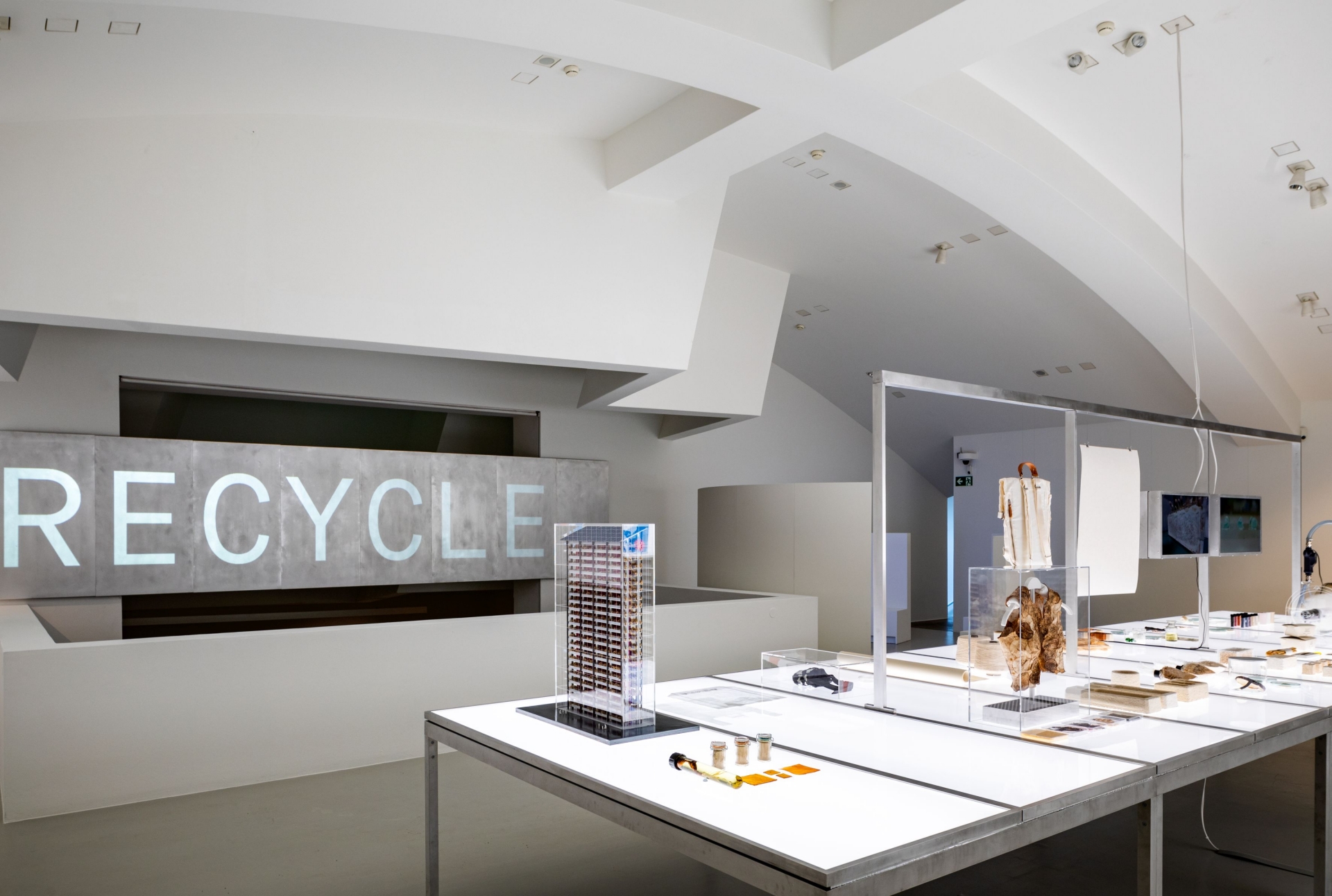
The second part of the exhibition describes the evolution and the shifting perceptions of plastics from their beginnings in the mid-nineteenth century to their global omnipresence today. The first plastic materials were plant- or animal-based: for centuries, horn and tortoiseshell were used to create drinking vessels and to embellish cutlery. Gutta-percha, a material used for decorative objects and insulation of underwater telegraph cables, was made from the latex of gutta-percha trees. The invention of celluloid by John Wesley Hyatt in the 1860s was triggered by the search to find a replacement for ivory in the production of billiard balls. In 1907, Leo Baekeland invented the first plastic made of purely synthetic components and named it Bakelite. It was hailed as the material of infinite uses. Being nonconductive, Bakelite was soon used for light switches, wall sockets, or radio sets and played a central role in the electrification of everyday life.
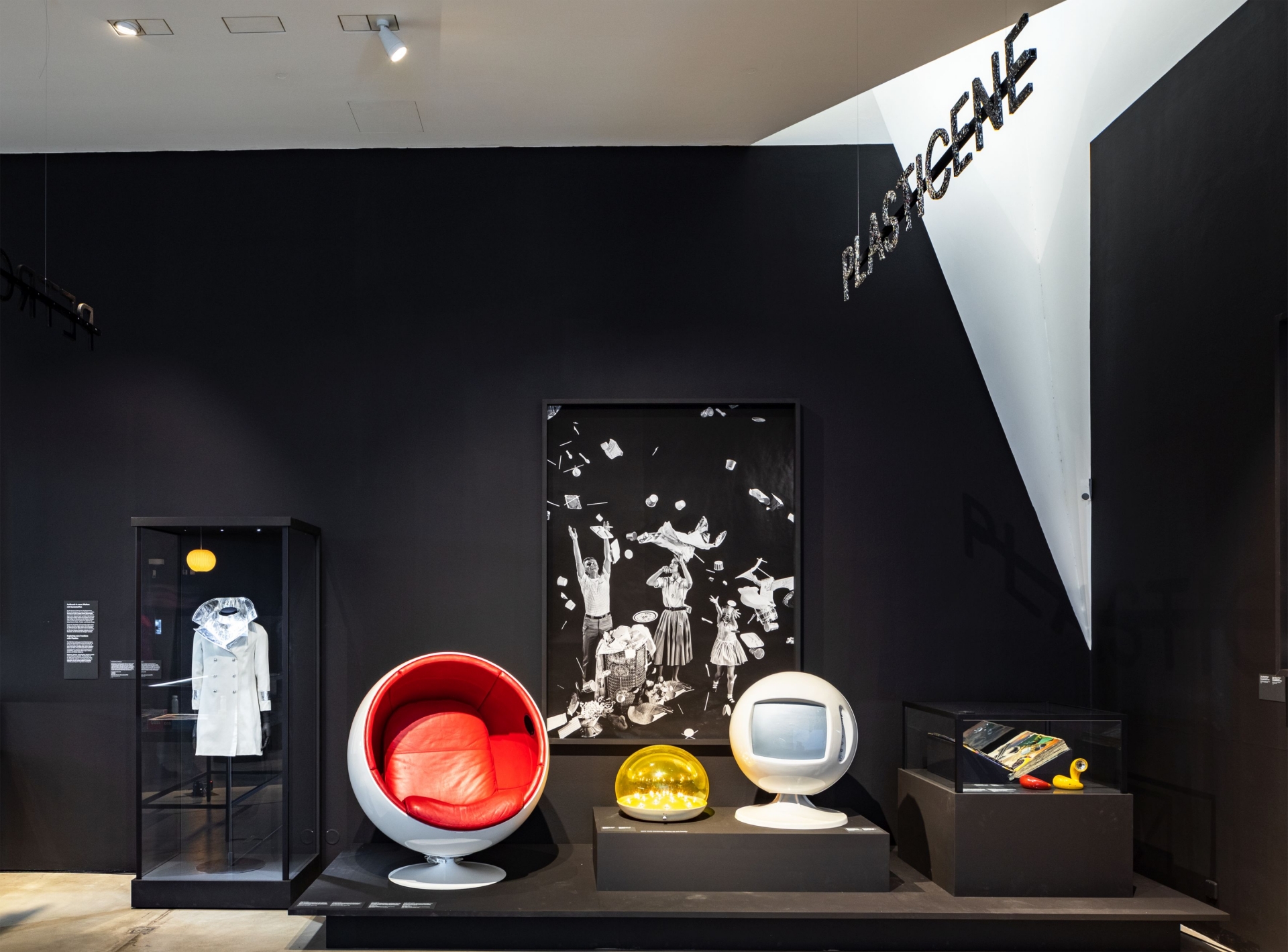
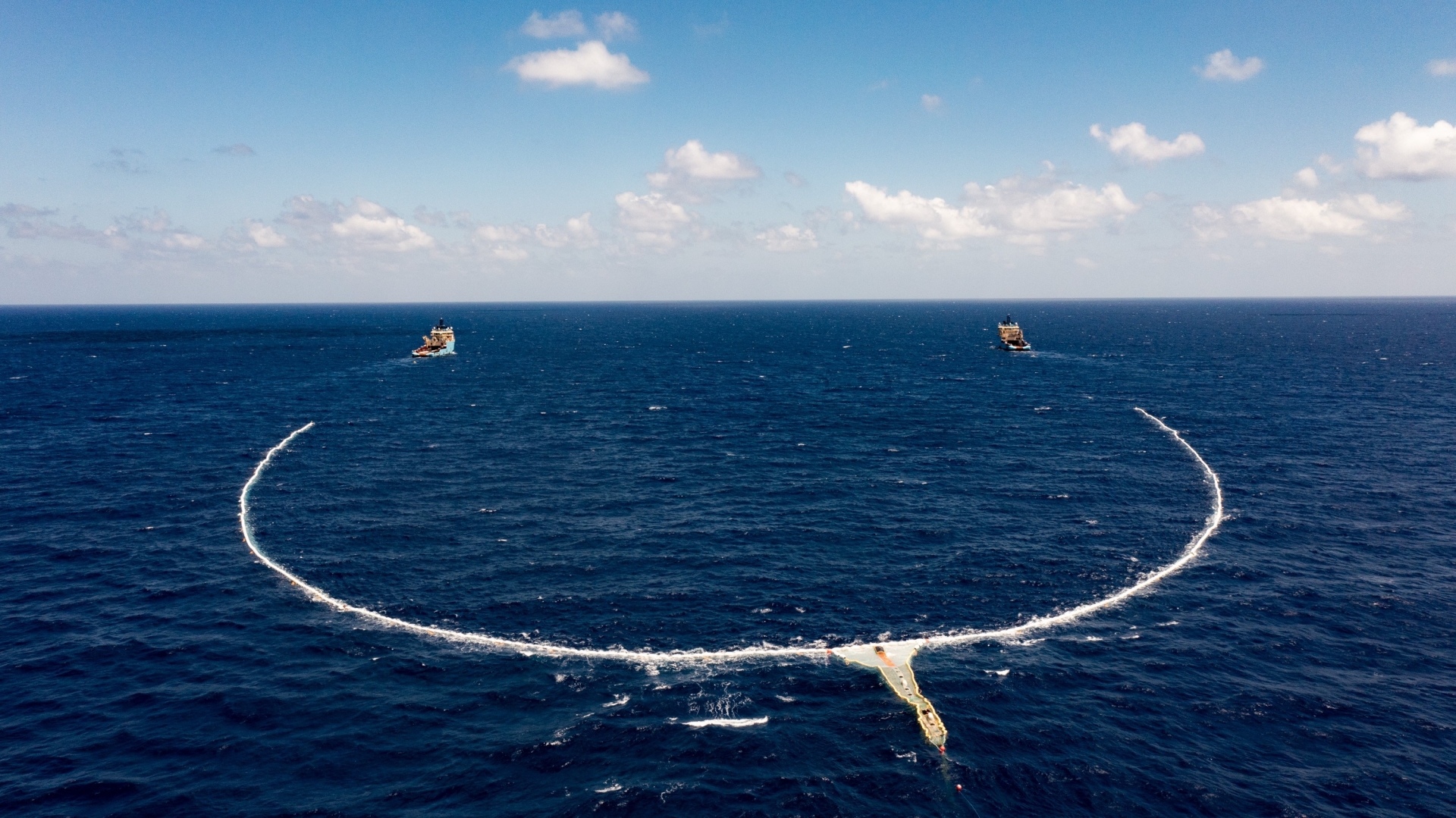
While early plastics were often developed by independent inventors and tinkerers, from the 1920s onwards the expanding petrochemical industry – with companies such as Dow, Du Pont, Imperial Chemical Industries, and IG Farben – took a leading role. This marked the beginning of an era of “petromodernity”. When industrial design emerged as a profession of its own in the 1930s, its proponents – including personalities like Egmont Arens, Wells Coates, and Gio Ponti – were quick to embrace the possibilities of the new materials. Further developments in the field of plastics were catalysed by the Second World War, which led to materials like Plexiglas for aircraft canopies or Nylon for parachutes being processed on a large scale. Post-1945, these materials were promoted for new, domestic uses such as plastic cups and plates, Tupperware, toys like Lego or the Barbie doll, and easy-to-clean vinyl surfaces. Architects began to discover plastics as a building material and in 1957 Monsanto installed the all-plastic »House of the Future« at Disneyland.
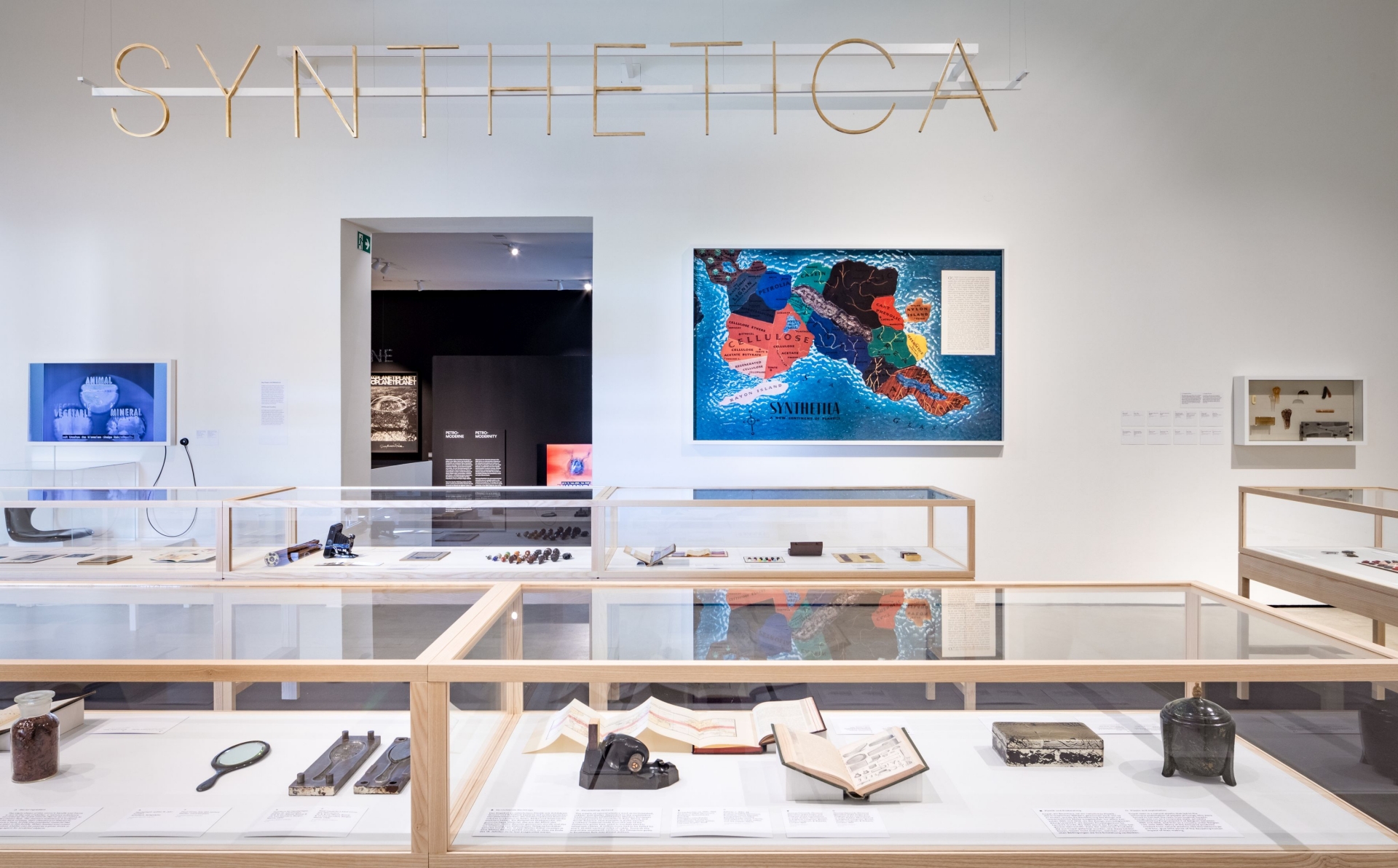

A few years later, a growing fascination with space flight shifted the focus to plastic’s utopian potential, which was reflected in futurist shapes and new interior design concepts: Eero Aarnio created the “Ball Chair” (1963) as a private space capsule, Gino Sarfatti paid homage to the space race with his “Moon Lamp” (1969), and the “Toot-a-Loop” (1971), a plastic bracelet with a built-in radio, became one of the first wearables. In the 1960s, based on the notion of convenience and fuelled by the packaging industry, the idea of single-use plastics was introduced and a new throwaway culture began to spread. The oil crisis in 1973 meant lower supplies and higher prices for the resource from which most plastics were made, but it had little long-term effect on the plastic boom. While global plastic production soon picked up again, strategies for reducing plastic waste were slow to emerge. In the 1990s, designers like Jane Atfield, Bär + Knell, and Enzo Mari were among the first to work with recycled plastics.
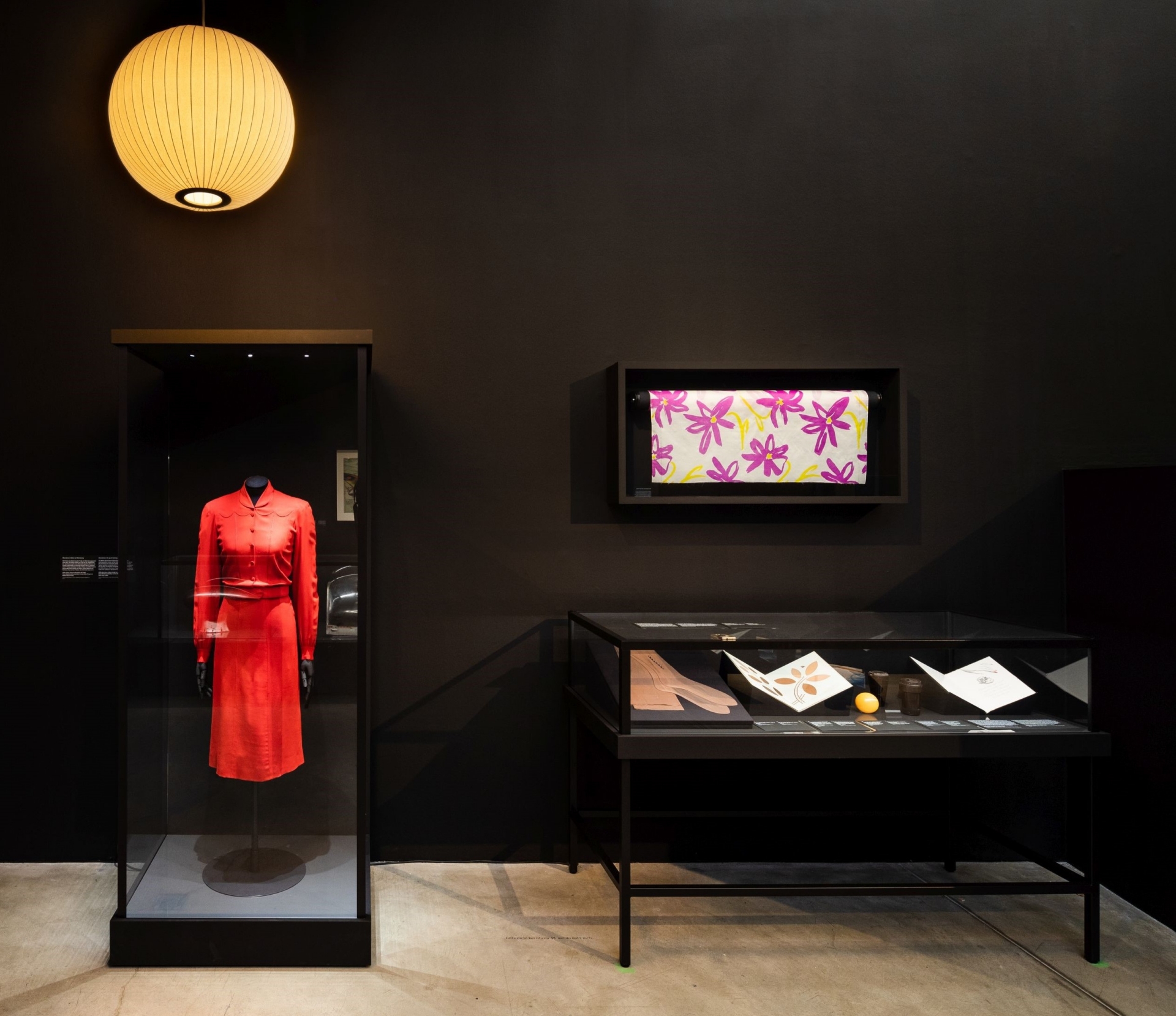
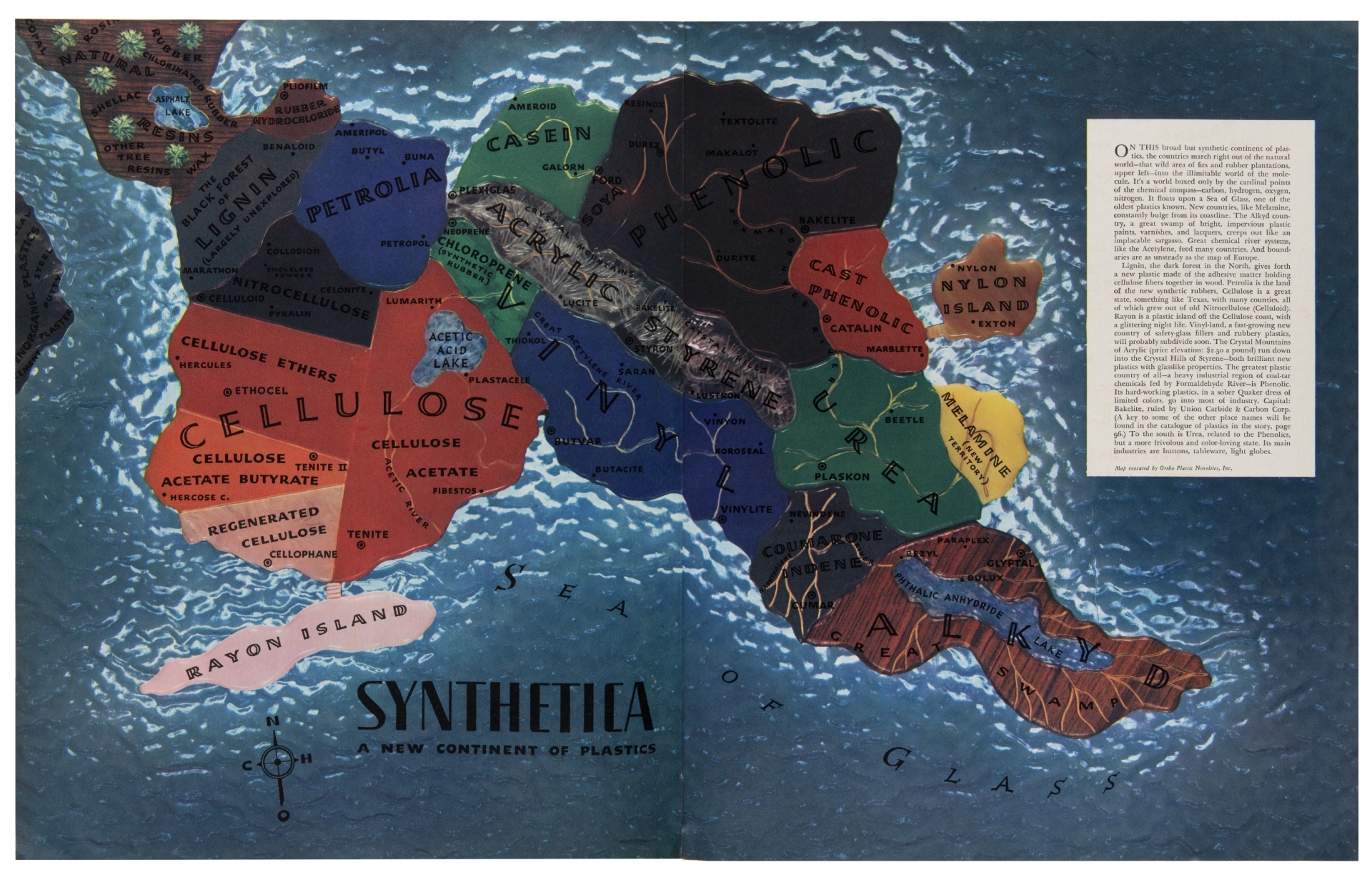
Today, plastics are globally omnipresent and an intricate part of our lives. Like no other, the human health sector exemplifies the plastic paradox – its positive, sometimes lifesaving qualities as well as its negative, even life-threatening impacts. The issues arising from the plastic boom have etched themselves in our collective consciousness: from microplastic in the soil, in the oceans, and in our bodies to mountains of packaging waste that are often disposed of or burnt – with immense ecological consequences on a global scale.
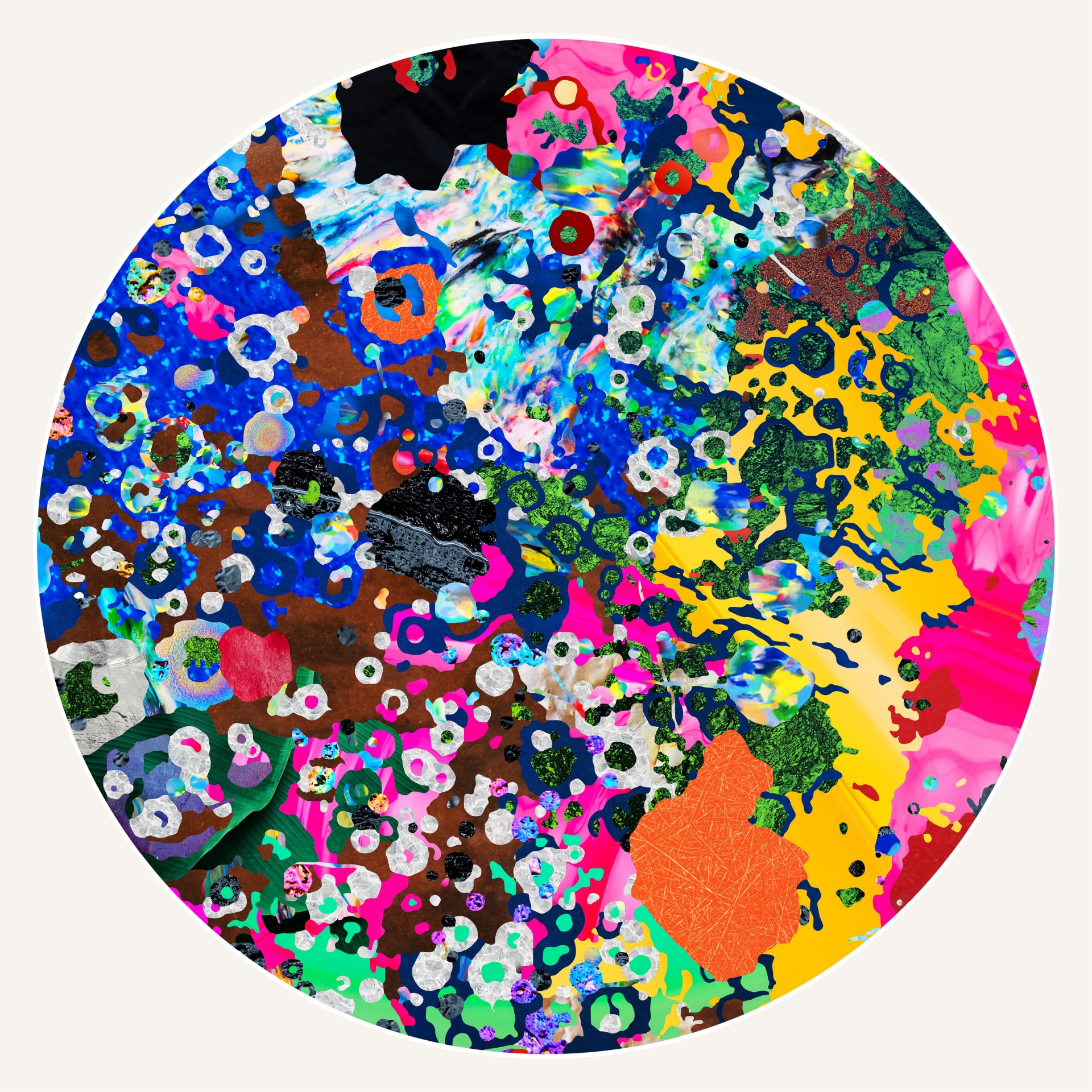
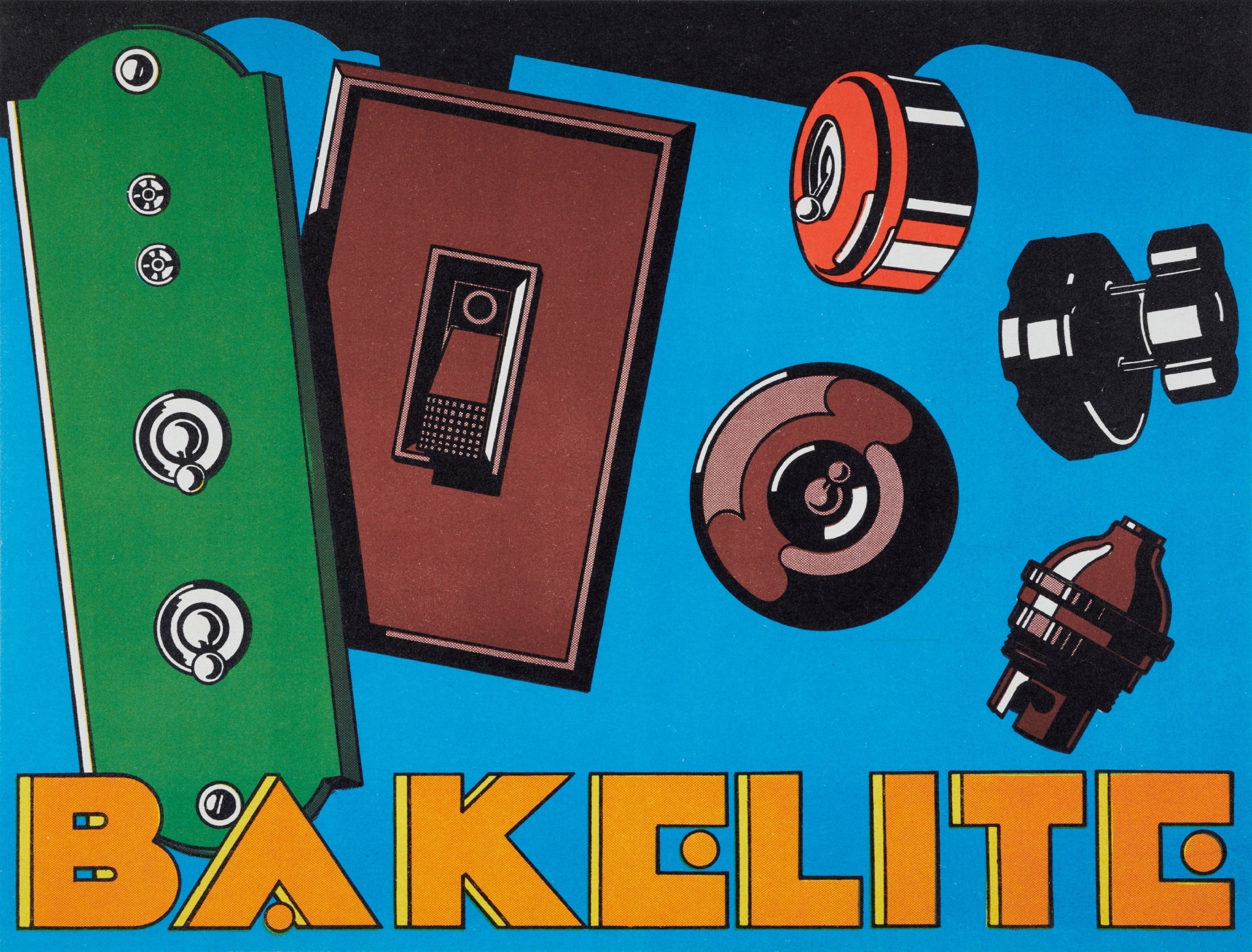
How can we overcome the global plastic waste crisis? And what role can design – alongside industry, consumers, and politics – play in the process? These are some fundamental questions addressed in the final part of the exhibition. It presents projects like “The Ocean Clean Up”, “Everwave”, or “The Great Bubble Barrier”, which were developed to filter plastic waste from rivers and oceans. But it is obvious that an effective reduction of plastic waste must begin at a much earlier point. Reducing packaging and single-use products requires a circular design approach that takes account of an object’s entire life cycle. An example for this is the “Rex Chair” (2011/2021) designed by Ineke Hans, which can be returned to the manufacturer for repairs or recycling. Meanwhile, the ordinary plastic drinking bottle serves as a case study to show that reducing the high quantity of single-use plastic requires a combination of infrastructures – in this case, deposit-return schemes, adapted production facilities, and alternatives such as drinking fountains.
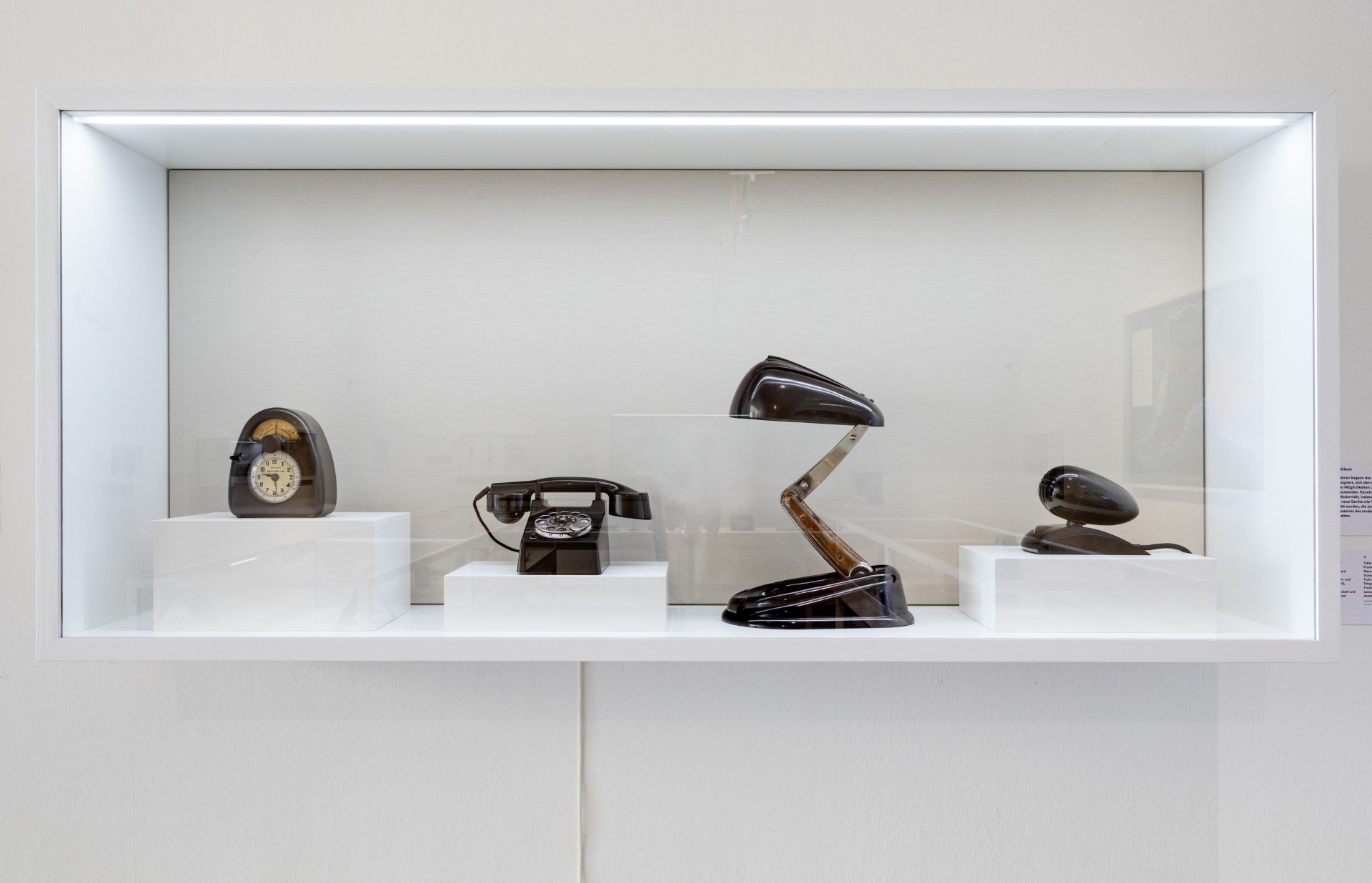
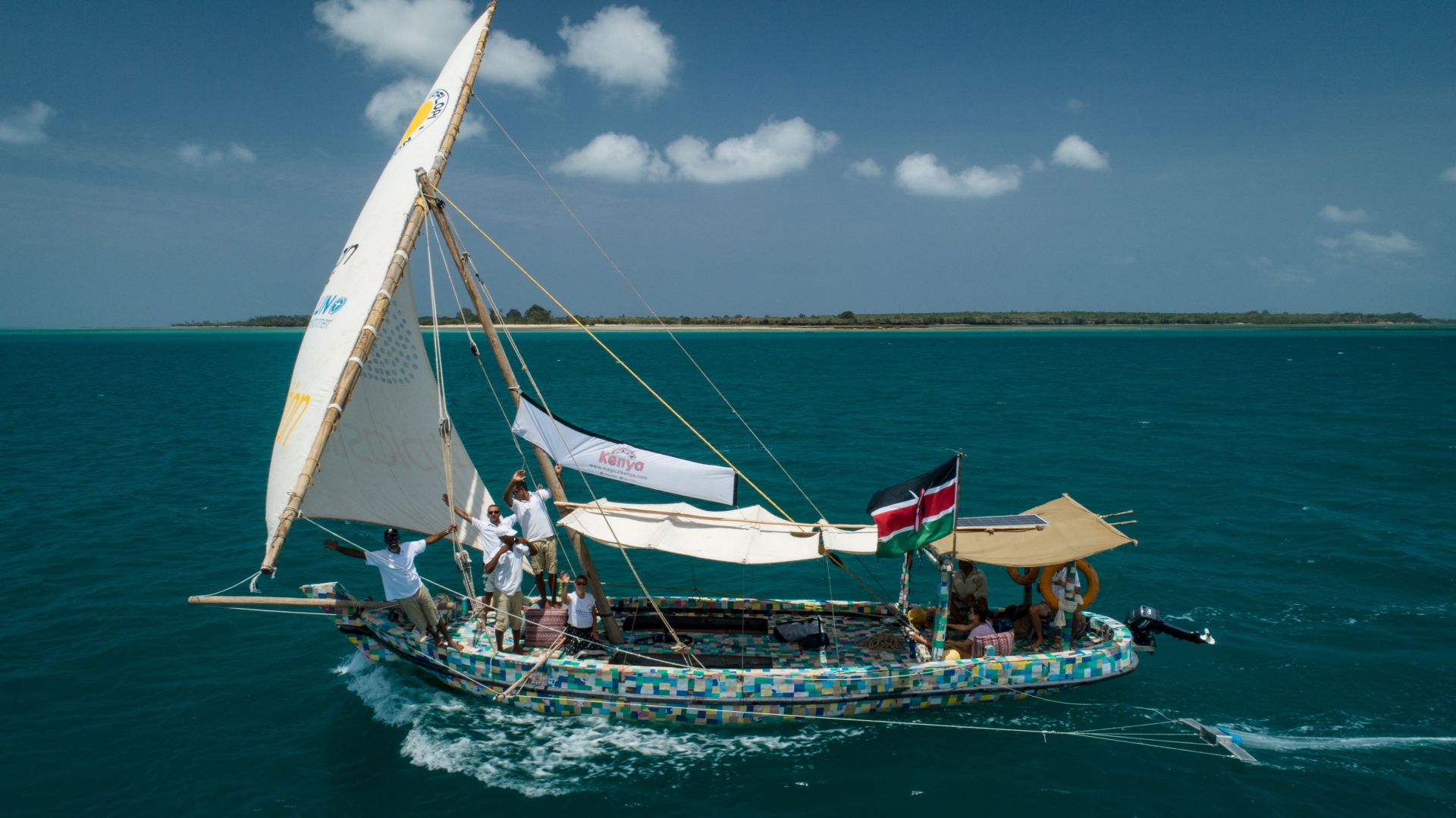
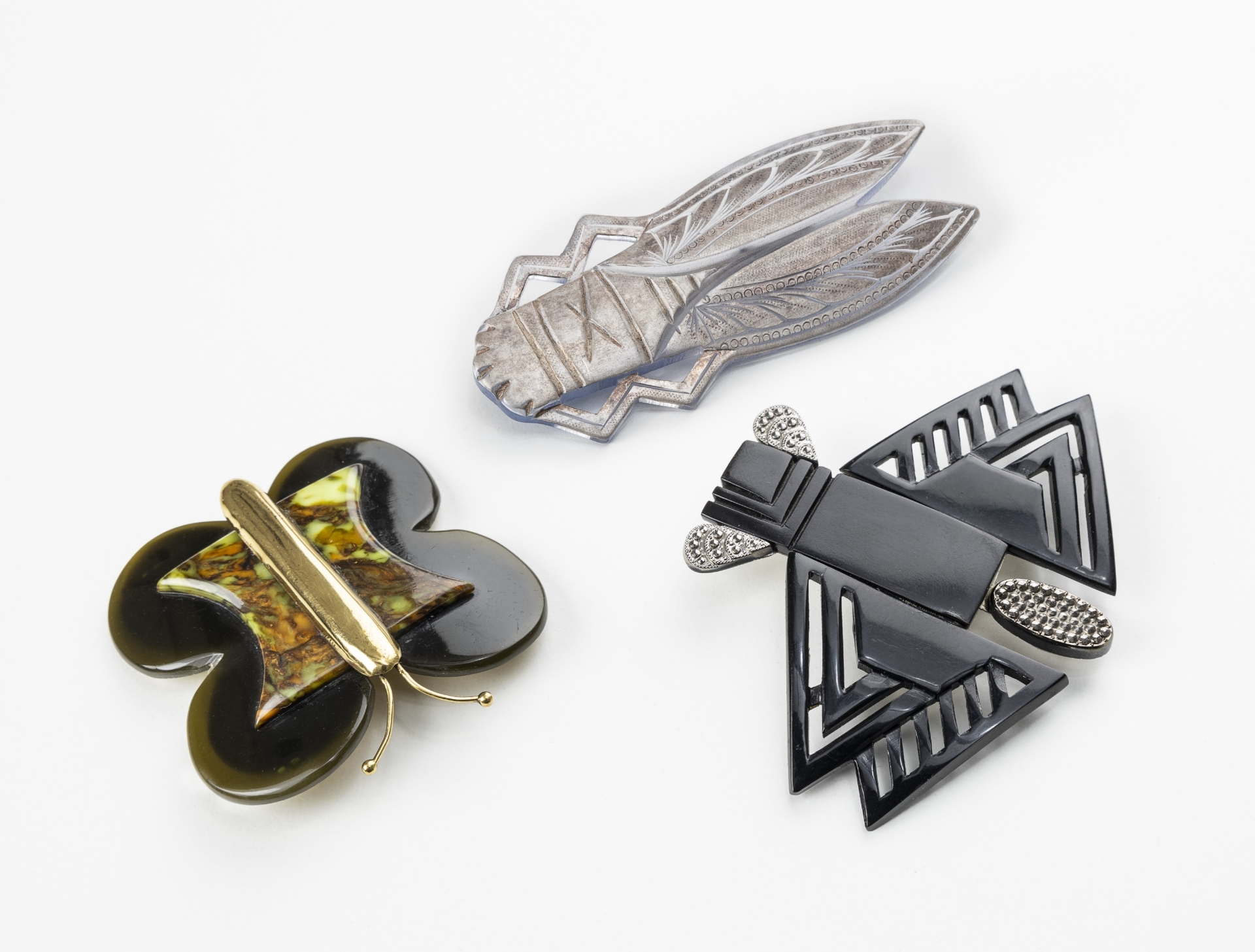
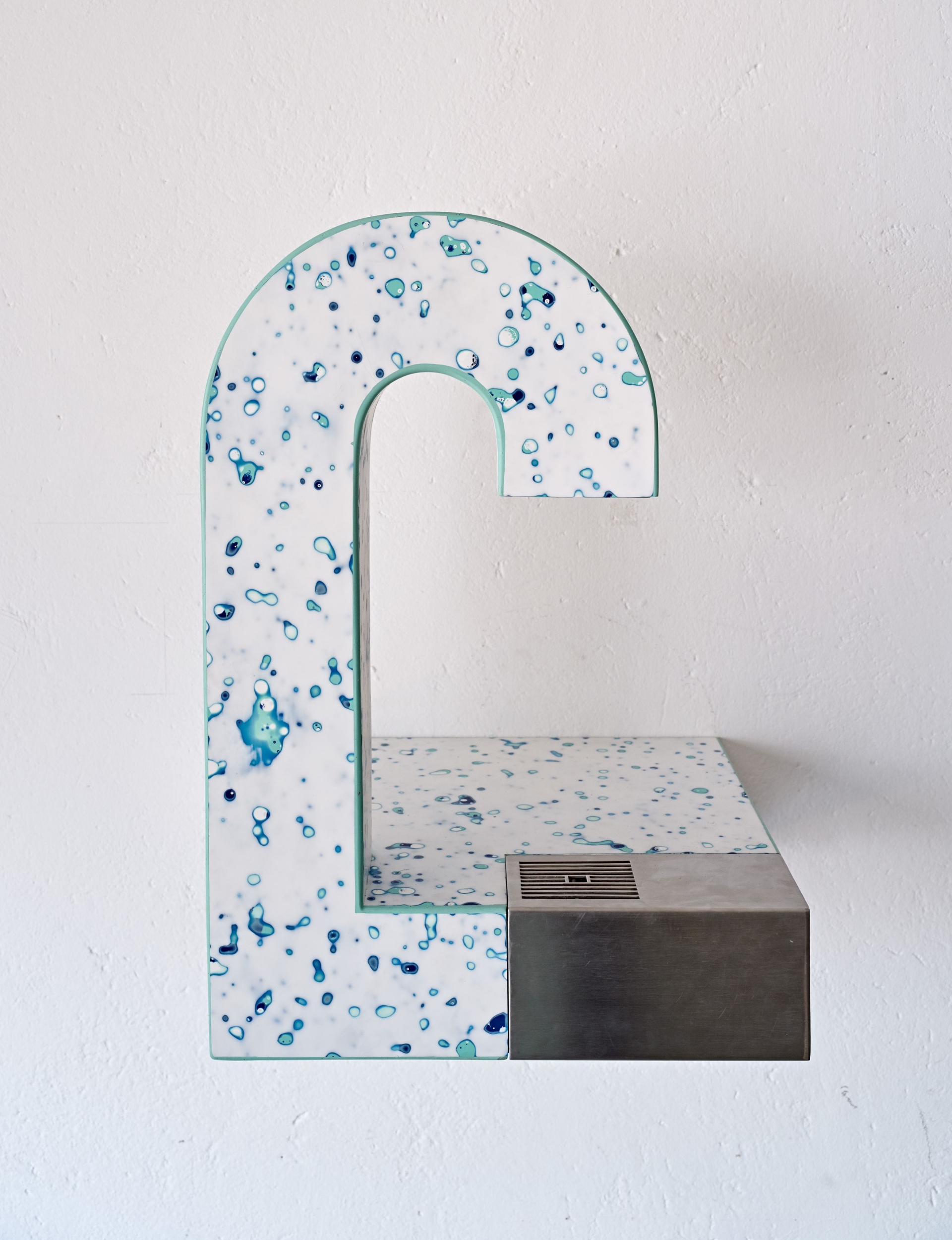
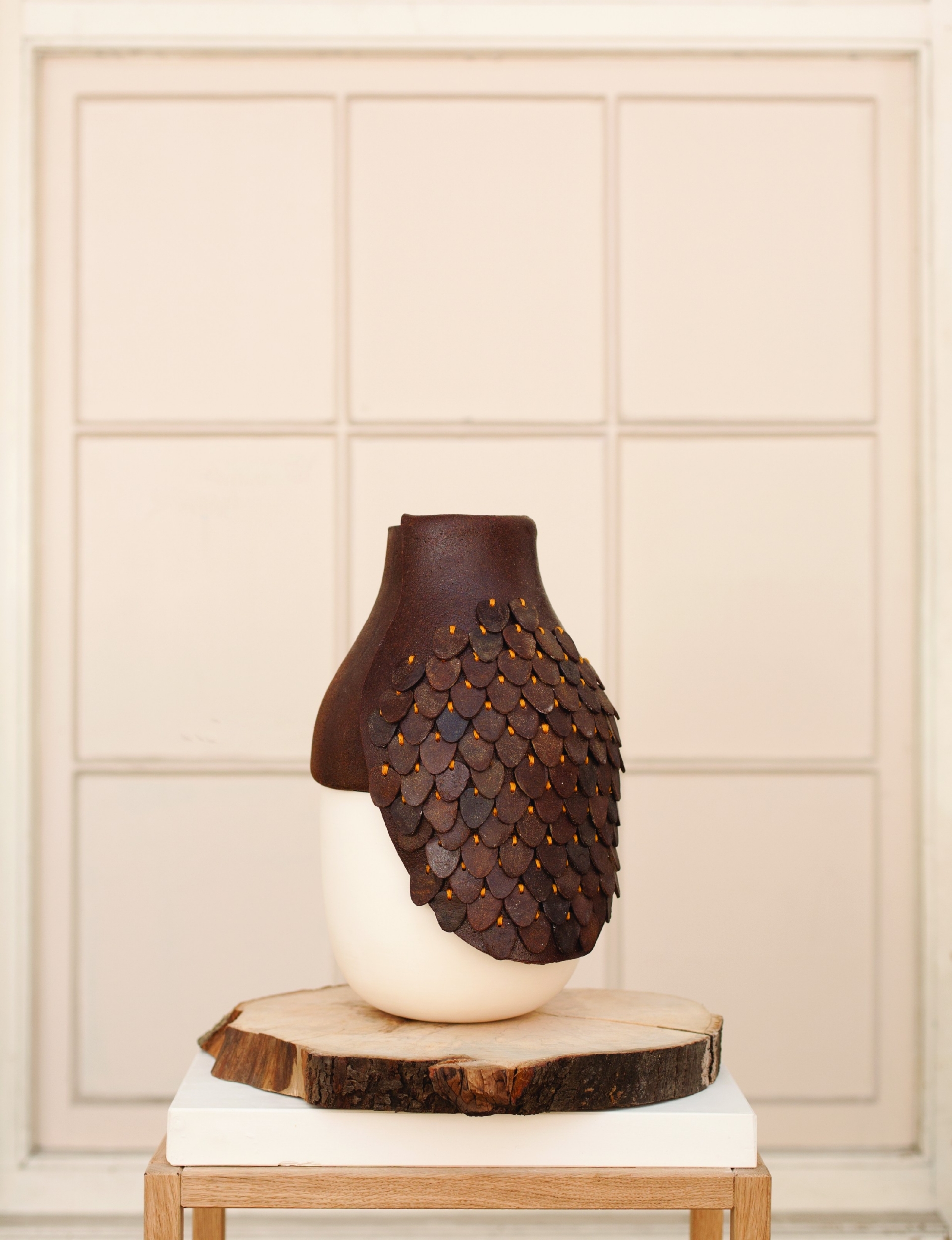
An exhibition satellite in the Vitra Design Museum Gallery focuses on recycling and offers an interactive space where visitors can learn about different types of plastic and recycling systems. It is centred around the “Precious Plastic” project initiated by Dave Hakkens in 2013, which illustrates how plastic waste can be turned into a valuable resource. Another example for design’s potential to raise awareness and foster changes in legislation is the “FlipFlopi” project founded in Kenya. There a traditional sailing boat, a dhow, was built from recycled plastic and now sails the ocean to educate about the plastic problem.
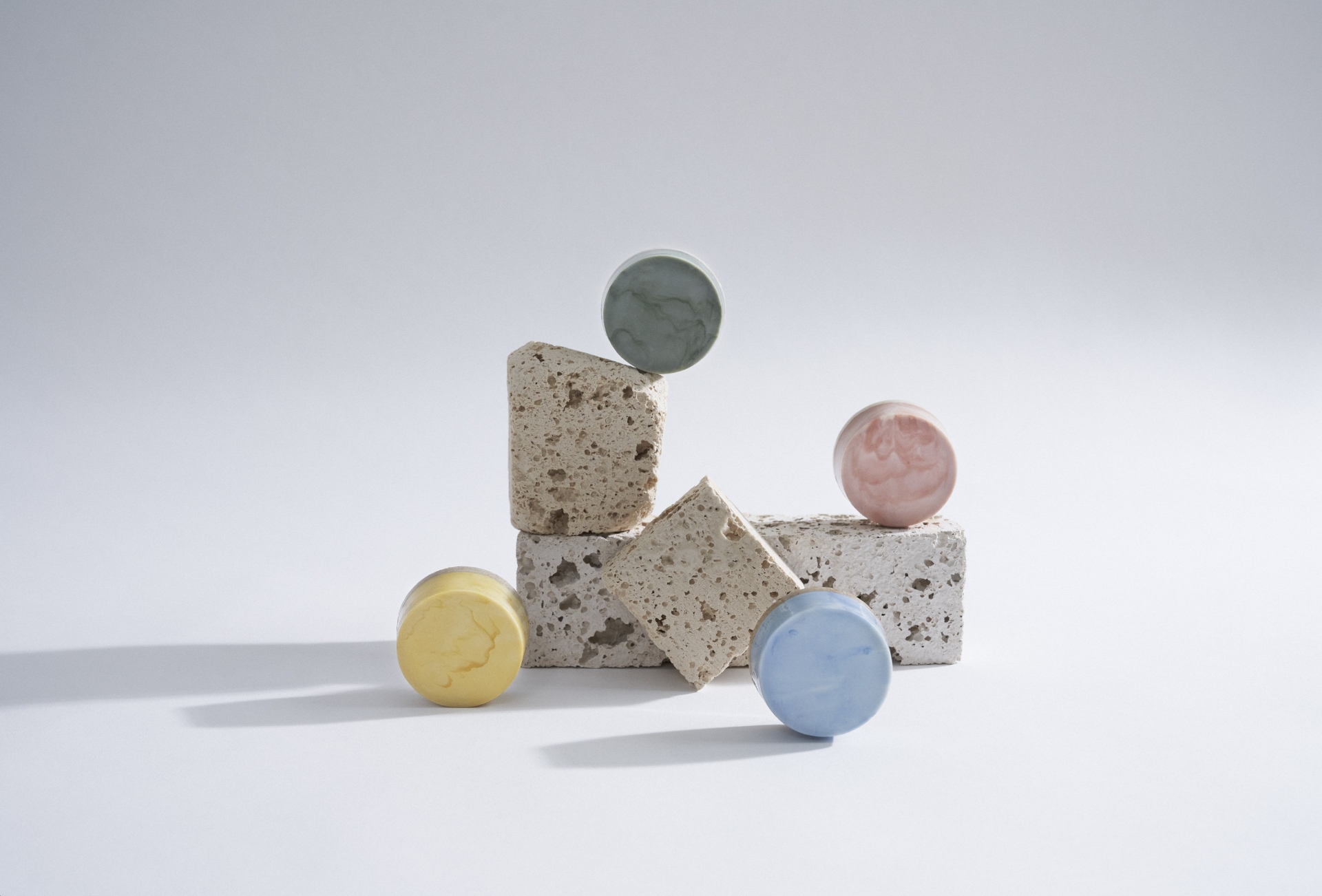
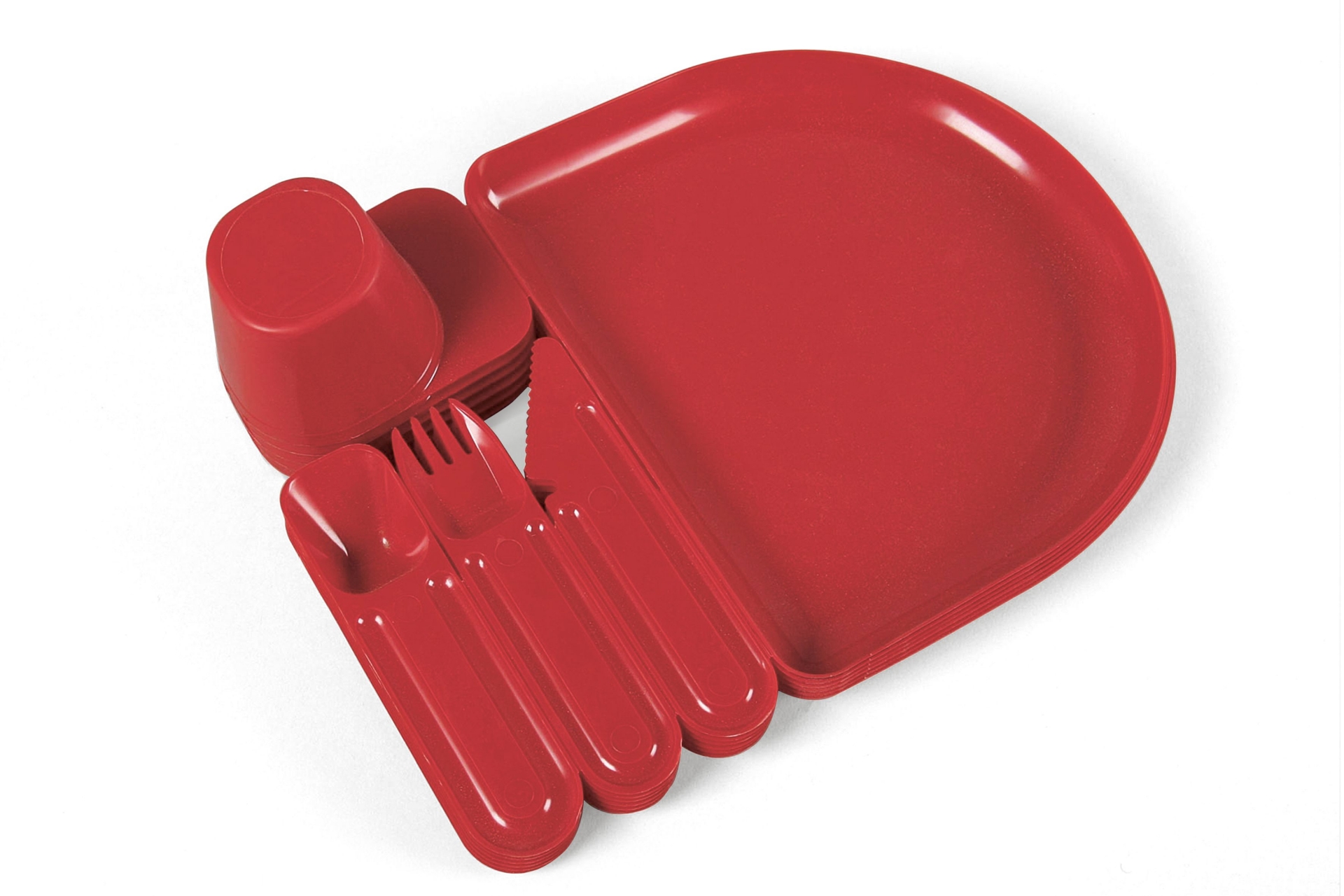
As a whole, the exhibition “Plastic: Remaking Our World” offers a critical and differentiated reassessment of plastic in today’s world. Interviews with designers, scientists, and activists underline the importance of an interdisciplinary approach in which politics, industry, science, and design collaborate closely to tackle the plastic problem. While it is true that each of us is a catalyst for change, there will be no simple remedy to this issue. For this reason, the exhibition aims to address the bigger picture of plastic and its complex role in our world: by analysing how we came to be so dependent on it, by reassessing where the use of plastic is essential and where it can be reduced or replaced, and by reimagining possible futures for this contested material. After its presentation at the Vitra Design Museum in Weil am Rhein (26.03.2022 – 04.09.2022), the show will travel to V&A Dundee (29.10.2022 – 05.02.2023) and maat, Lisbon (spring 2023).
